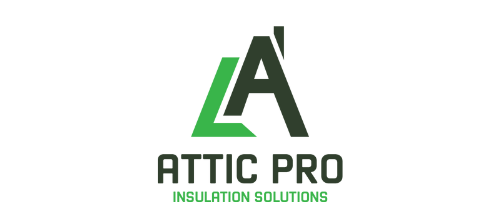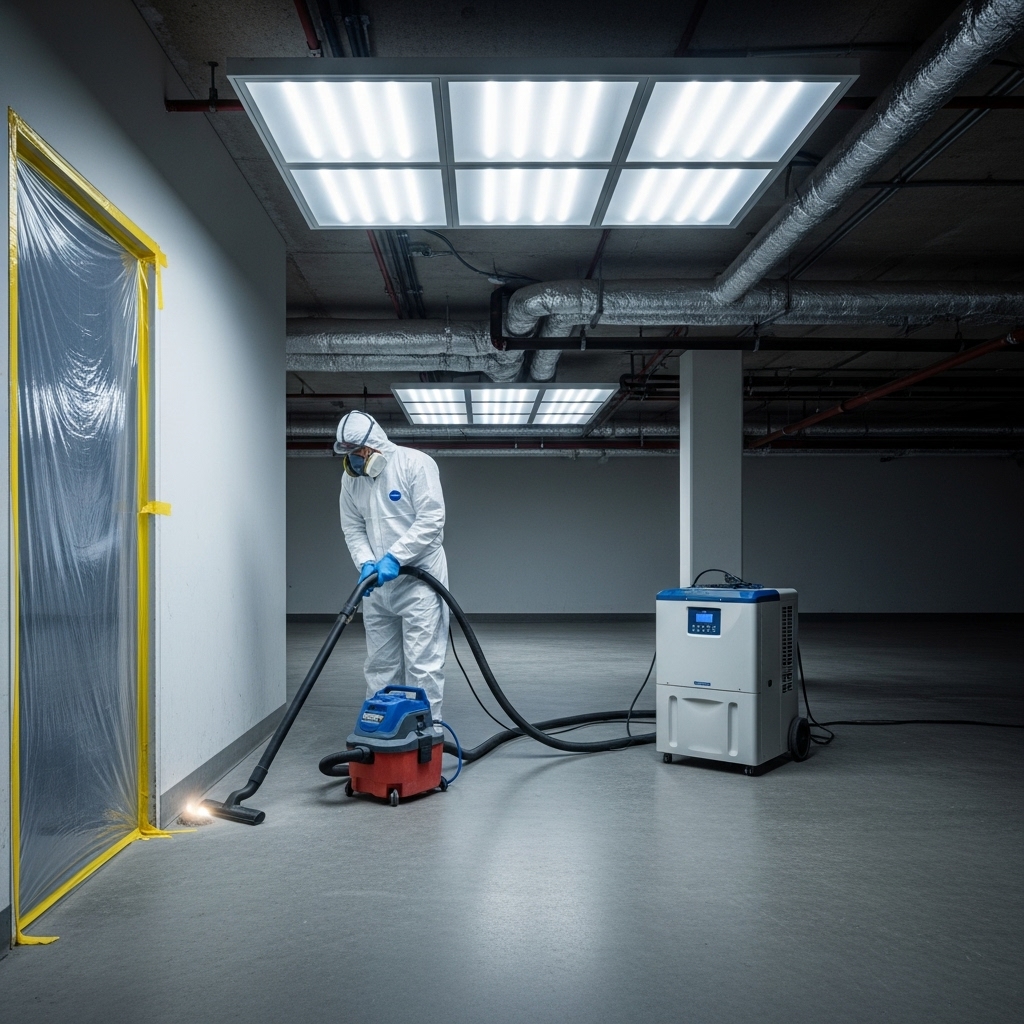Rodent sanitation procedures for homes in Los Angeles, California require a careful, methodical approach that prioritizes health, safety, and long-term prevention. Even after trapping or exclusion resolves active activity, contamination can linger in attics, crawlspaces, utility rooms, and behind kitchen fixtures. Proper cleanup removes bacteria, neutralizes odors, and reduces attractants that could invite rodents back. In a city defined by diverse architecture and climates—from ocean-adjacent bungalows to canyon homes—your sanitation plan needs to account for access, ventilation, and building materials. If you are starting from scratch, partnering with a trusted provider of rodent sanitation gives you a clear path and the confidence that best practices will be followed.
Sanitation is more than wiping surfaces. It includes containment, HEPA-filter vacuuming, targeted removal of contaminated materials, disinfection, odor neutralization, and verification. Each step must be adapted to the home’s layout and to Los Angeles conditions like heat, dust, and seasonal airflow patterns. The goal is to protect indoor air quality and return living spaces to a clean baseline while supporting exclusion and long-term prevention.
Step 1: Inspection and Planning
Every effective procedure starts with a thorough inspection. Technicians look for droppings, urine markers, nesting materials, smear marks along beams, and pathways that connect attics, crawlspaces, and living areas. They identify access constraints—low crawlspace clearance, narrow attic hatches, or steep roofs—that influence equipment choices and crew size. The plan outlines containment, removal techniques, disinfectants, and any materials that may require replacement, such as heavily soiled insulation.
Communication during this stage is crucial. If you have photos or notes on activity hotspots, share them. Clarify concerns like protecting a nursery, minimizing disruption to a home office, or accommodating pets. The more specific the plan, the smoother the sanitation day will be.
Step 2: Containment for Safety
Containment prevents cross-contamination. Barriers and careful work sequences ensure that dislodged debris stays within the work zone. Because many Los Angeles homes have central HVAC systems that connect multiple rooms, containment reduces the risk of particles circulating through registers. When appropriate, technicians may recommend temporarily turning off certain air handlers during critical phases of removal.
Containment is especially important in attics and crawlspaces. Access points are protected with coverings, and pathways are chosen to minimize disruption. Tools and materials used in contaminated areas are handled separately from those used in clean spaces, and technicians follow hygiene protocols to avoid transferring debris.
Step 3: HEPA Vacuuming and Debris Removal
HEPA-filter vacuuming captures fine particulates that standard vacuums can recirculate. This step reduces airborne dust, droppings fragments, and other contaminants. In attics, technicians vacuum rafters, joists, and decking surfaces. In crawlspaces, soil disturbance is minimized while removing droppings and nests.
Debris removal may include bagging and disposing of nests, dead rodents discovered during work, and small sections of materials that are heavily contaminated. The focus is on safely containing contaminants and removing them without spreading particles to clean areas.
Step 4: Targeted Material Removal and Insulation Decisions
Insulation can absorb and hold odors and contaminants. Technicians assess whether spot removal or full replacement is necessary. Heavily soiled or compressed insulation may require removal to restore thermal performance and indoor air quality. In Los Angeles, where hot summers can amplify odors in attics, addressing contaminated insulation is often a key part of odor control.
Other materials—such as cardboard storage boxes and fabric items—may need to be discarded if they have been extensively contaminated. For items of sentimental value, discuss specialized cleaning options where feasible, understanding that porous materials are more challenging to restore.
Step 5: Disinfection and Odor Neutralization
After removal, targeted disinfection neutralizes bacteria and reduces odors. Technicians apply disinfectants appropriate for household environments, following contact times and safety guidelines. Odor neutralization focuses on surfaces that absorbed odors, like framing members and porous wood. In some cases, ventilation enhancements are recommended to help dissipate residual smells after service.
When disinfection is complete, technicians reassess the area to confirm that both visible contamination and odors have been addressed. They may suggest additional steps if certain materials continue to release odors, especially during hot afternoons typical of Los Angeles summers.
Step 6: Verification and Documentation
Verification includes visual inspection, photos, and confirmation that agreed-upon tasks were completed. Documentation supports peace of mind and future maintenance planning. If you plan to coordinate with an exclusion contractor later, this paperwork helps align strategies and timelines.
Integrating Sanitation with Exclusion
Sanitation and exclusion are two sides of the same coin. Exclusion prevents new rodents from entering; sanitation removes the contamination that attracts them. Aligning these efforts results in the best long-term outcome. Ideally, active trapping has concluded before sanitation begins, and exclusion follows soon after to secure the property. This sequence supports a cleaner, safer environment and reduces the chance of recurring activity.
Los Angeles-Specific Considerations
Los Angeles homes present unique challenges. Attics often have mixed insulation types, older ventilation systems, and complex rooflines. Crawlspaces may be limited in height, with older piping and occasional moisture issues. Urban homes may handle shared walls or utility corridors, while hillside properties require careful planning for access and safety. Your sanitation plan should reflect these realities and include measures to protect building systems during work.
Preparing for Sanitation Day
Homeowner preparation helps ensure efficiency and thoroughness. Clear access to the attic hatch, crawlspace entry, and utility areas. Move fragile or valuable items away from work paths. Discuss whether certain rooms should be vacated during critical phases. If you have pets, plan to keep them in a secure, quiet area to reduce stress and prevent exposure to disturbed debris.
- Create clear pathways for equipment to reach attics and crawlspaces.
- Consolidate storage and label boxes that must remain in place.
- Ask about ventilation recommendations during and after service.
- Share any known hotspots to ensure the team addresses them fully.
- Review the sequence of work and confirm expectations for cleanup of work areas.
Post-Sanitation Best Practices
Once sanitation is complete, maintaining a clean environment supports ongoing protection. Store food in sealed containers, manage trash promptly, and avoid leaving pet food accessible overnight. Monitor for signs of new activity—fresh droppings, gnaw marks, or new sounds in walls or ceilings. Consider periodic attic or crawlspace checks, especially after seasonal changes or nearby construction that can disturb local rodent activity.
Ventilation remains important after sanitation. Ask your provider whether short periods of increased airflow will help dissipate residual odors, particularly during warm afternoons. If insulation was replaced, confirm that ventilation is balanced to maintain indoor comfort and energy performance.
Frequently Asked Questions
Do I need professional sanitation if I only saw a few droppings? Even limited contamination can pose risks if disturbed without proper containment and filtration. A professional inspection determines whether targeted cleanup is sufficient or if a broader approach is warranted.
Is it safe to clean droppings myself? Without HEPA filtration and protective equipment, DIY cleanup can aerosolize particles. Professional methods are designed to minimize that risk and protect indoor air quality.
Will odors completely disappear? Neutralized odors typically fade significantly after removal and disinfection, but porous materials can retain smells temporarily. Adequate ventilation and, where necessary, selective material replacement accelerate odor resolution.
How does sanitation relate to sealing entry points? Sanitation removes contamination and attractants; exclusion seals pathways to prevent re-entry. Performing both is the best way to protect your home long-term.
What about stored items in my attic or garage? Porous items may absorb odors and bacteria. Technicians can advise on what to keep, clean, or discard. Preparing your storage ahead of time helps streamline decisions.
Can sanitation be done in stages? Yes. In complex homes, a phased approach may be recommended to minimize disruption and coordinate with exclusion or renovation schedules.
Quality Indicators to Look For
Professionalism shows in preparation, safety, and documentation. Look for teams that use HEPA-grade equipment, follow containment protocols, and provide a clear plan. Ask about disinfectants, contact times, and any recommendations for ventilation. Request before-and-after photos and a written summary of the work performed. These details indicate thoroughness and care.
Working With Your Home’s Architecture
Los Angeles architecture spans decades and styles. Craftsman homes may have open chases that require careful attention; mid-century houses often include low-slope roofs and tight attic spaces; modern builds can present complex HVAC runs. A good provider adapts techniques to your home’s structure, preserving finishes and avoiding unnecessary disruption while ensuring contaminants are removed.
Putting It All Together
Rodent sanitation procedures aim to restore a clean, healthy baseline in your home. By combining inspection, containment, HEPA vacuuming, targeted removal, disinfection, and verification—and by integrating with exclusion—you build a resilient defense against future problems. Your role is to prepare access, communicate priorities, and maintain prevention habits that support the cleanup.
Take the Next Step Toward a Cleaner Home
If you are ready to move from uncertainty to a clear plan, align with a trusted resource for rodent sanitation. Schedule an evaluation, review a step-by-step procedure tailored to your home, and set a timeline that works for your household. With the right approach, you can restore comfort, protect health, and prevent future rodent issues in your Los Angeles home.

